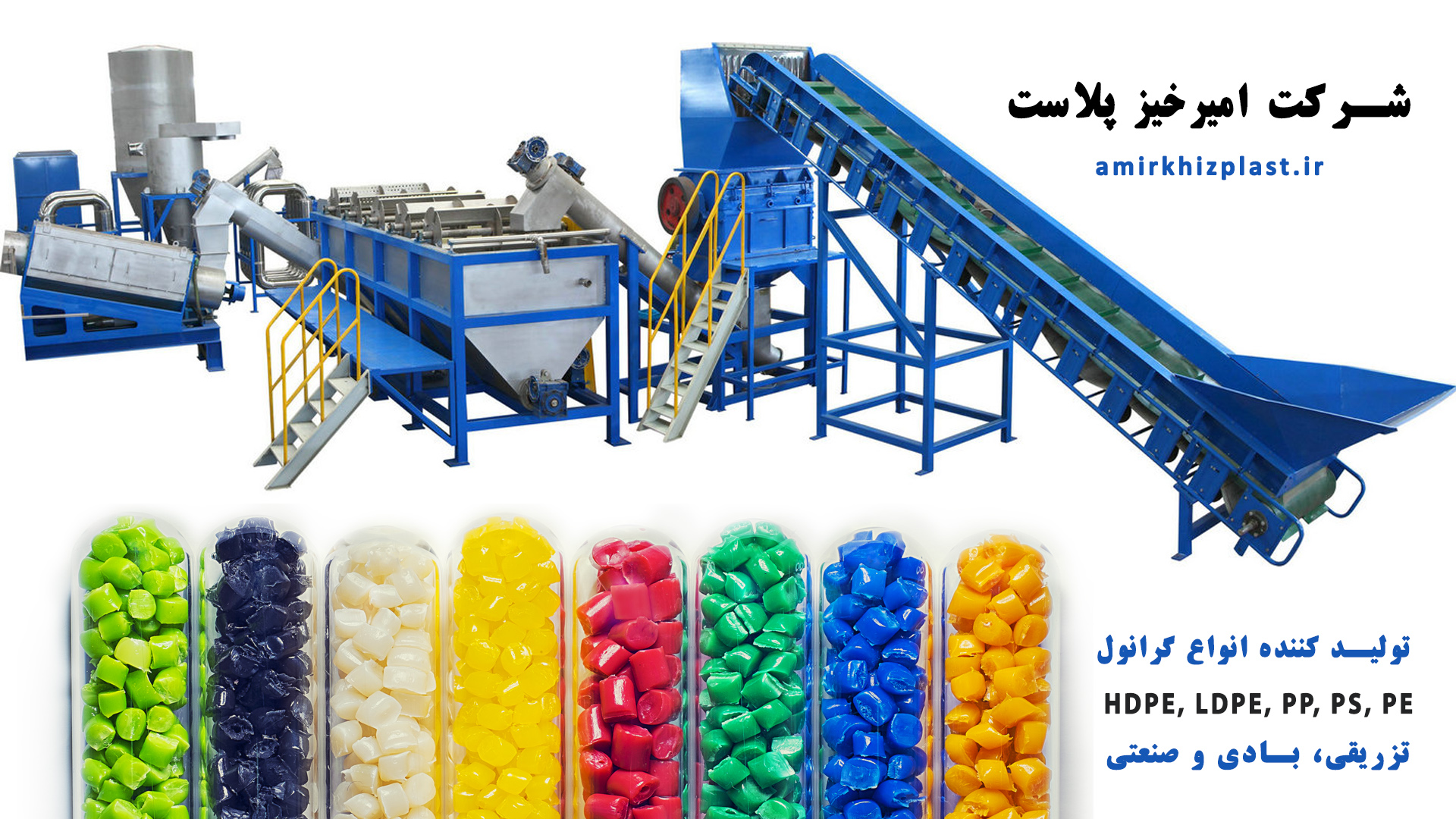





Polypropylene is a type of thermoplastic polymer resin. It is a part of both the average household and is in commercial and industrial applications. The chemical designation is C3H6. One of the benefits of using this type of plastic is that it can be useful in numerous applications including as a structural plastic or as a fiber-type plastic.
History
The history of polypropylene began in 1954 when a German chemist named Karl Rehn and an Italian chemist named Giulio Natta first polymerized it. This led to a large commercial production of the product that began just three years later. Natta synthesized the first syndiotactic polypropylene.
Everyday Uses
The uses of polypropylene are numerous because of how versatile this product is. According to some reports, the global market for this plastic is 45.1 million tons, which equates to a consumer market use of about $65 billion. It is used in products such as the following:
There are a few reasons that manufacturers turn to this type of plastic over others. Consider its applications and benefits:
Benefits of Polypropylene
The use of polypropylene in everyday applications occurs because of how versatile this plastic is. For example, it has a high melting point compared to similarly weighted plastics. As a result, this product works very well for use in food containers where temperatures can reach high levels — such as microwaves and in dishwashers. With a melting point of 320 degrees F, it is easy to see why this application makes sense.
It is easy to customize, too. One of the benefits it offers to manufacturers is the ability to add dye to it. It can be colored in various ways without degrading the quality of the plastic. This is also one of the reasons it is commonly used to make up the fibers in carpeting. It also adds strength and durability to the carpeting. This type of carpeting can be found effective for use not only indoors but also outdoors, where damage from the sun and elements doesn't affect it as readily as other types of plastics. Other benefits include the following:
Chemical Properties and Uses
Understanding PP is important because it is significantly different from other types of products. It's properties allow it to be effective in the use of material popular in everyday use, including any situation in which a non-staining and non-toxic solution is necessary. It is also inexpensive.
It is an excellent alternative to others because it does not contain BPA. BPA is not a safe option for food packaging since this chemical has been shown to leach into the food products. It has been linked to various health issues, especially in children.
It has a low level of electrical conductivity as well. This allows it to be highly effective in electronic products.
Because of these advantages, polypropylene is likely to be in most American homes. This versatile plastic is one of the most commonly used in these situations.
Tod Johnson
بستن *نام و نام خانوادگی * پست الکترونیک * متن پیام |
